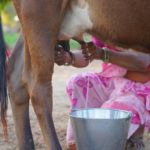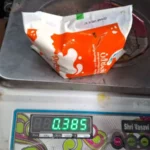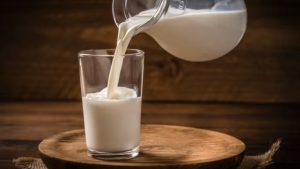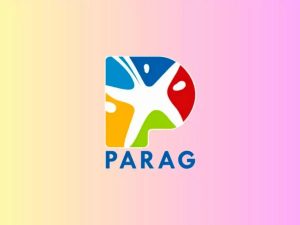
Some co-operative federations started making milk powder given the supply chain disruptions.
In Sikkim, the supply of essential commodities like milk has been disrupted since the glacial lake outburst flood (GLOF) wreaked havoc in the state on October 4, 2023.
Neighbouring Bihar stopped milk supply to Sikkim as the climate-change-induced flood damaged roads in the state, causing supply chain disruptions.
Koshi Dugdh Utpadak Sahkari Sangh LTD, in Supaul district, part of the Bihar State Milk Co-operative Federation Ltd, has been supplying milk to Sikkim. The federation stopped the supply soon after GLOF.
“We were forced to stop milk supply due to heavily damaged roads. The government officers in Sikkim informed us that roads are washed away and it is risky to send milk tankers there,” Mohammed Hameed Uddin, managing director of Koshi Dugdh Utpadak Sahkari Sangh, told this reporter.
“We used to supply 10,000 to 12,000 kilogrammes of milk daily to Co-operative Dairy, Sikkim, before GLOF,” Uddin added.
He said Koshi Dugdh Utpadak Sahkari Sangh will resume milk supply to Sikkim once the roads are restored. It will take some time because the roads were poorly damaged. “We are right now collecting milk from farmers as usual and making milk powder given the disruption in supply chains.”
According to Uddin, Koshi Dugdh Utpadak Sahkari Sangh, on average, collects 0.125 million kg of milk from farmers each day.
Similarly, Kaushik Milk Producer Company Limited’s head, Sandip Kumar Yadav from Saharsa district, said the floods pulled down the demand for milk in Guwahati. “The officials of the milk cooperative in Guwahati informed us the demand for milk supply declined after the devastation in Sikkim,” Yadav said.
Supaul and Saharsa are part of the Koshi region, where cattle farming is a major source of livelihood, after agriculture. Koshi Dugdh Utpadak Sahkari Sangh is run by representatives of milk producers.
On October 4, the catastrophic glacial lake outburst caused flash floods in the Mangan district of North Sikkim. This event also resulted in the breach of the Chungthang dam (Teesta 3 HEP), which is the largest hydropower project in the state.
As sections of the dam were swept away, an estimated 5.08 million cubic meters of water from its reservoir were released. Videos and photographs from the state depicted a significant portion of the dam wall missing, with water cascading down the mountainside.
The number of casualities from flash floods rose to 74 as of October 9, while 101 individuals remain missing, according to officials.
















